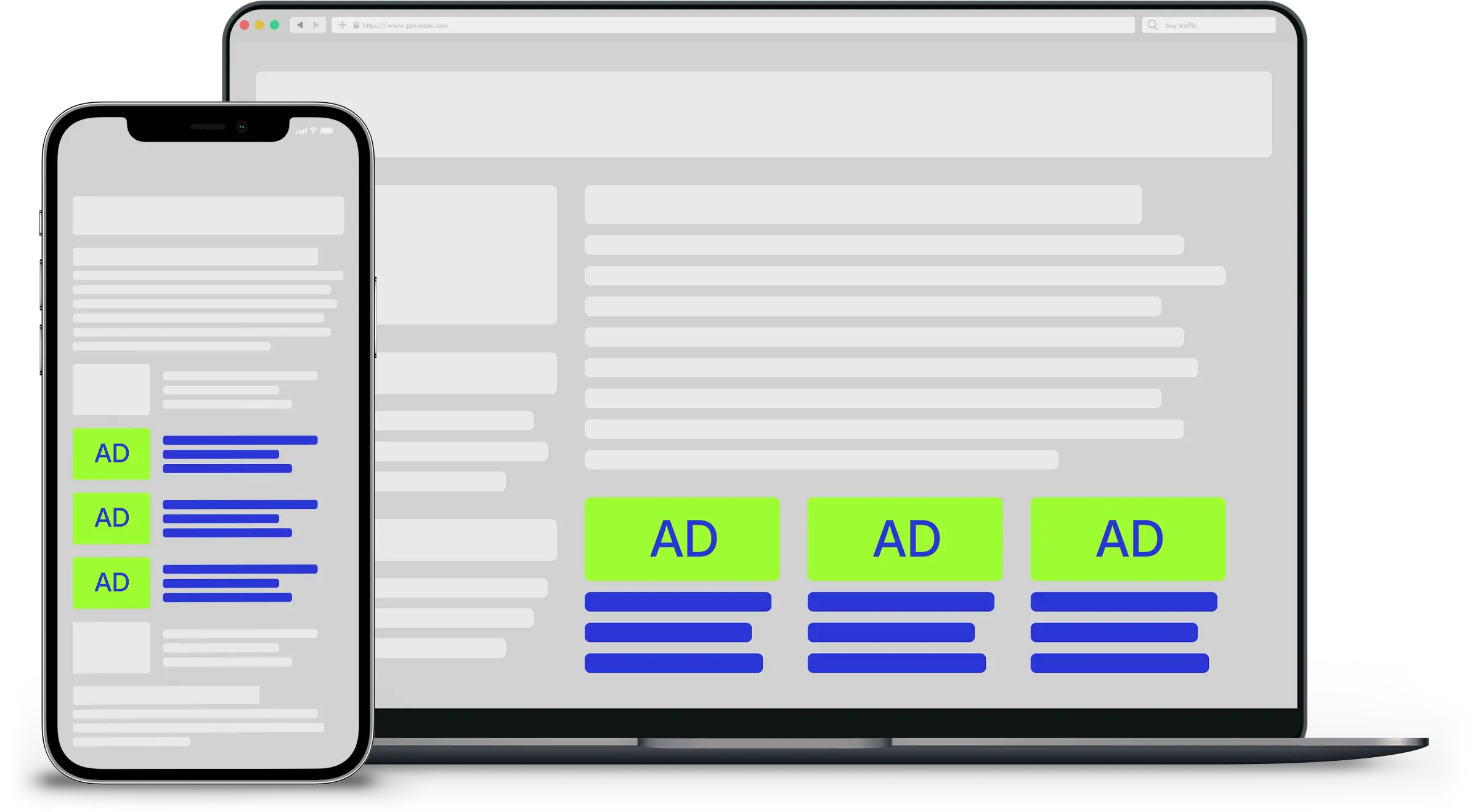Before you even begin thinking about content localization and local keywords for each market, the technical setup of your website needs to be considered. The first step of this process is domain strategy.
What domain you use when targeting local markets can impact how your site performs. There are a number of options for your domain structure:
- Country code top-level domains (ccTLDs)
- Subfolders or subdirectories
- Subdomain
There are pros and cons for each of these. In this article, I’ll examine each of the different options, their benefits and drawbacks, and consider how you can find the best domain strategy for your individual situation.
Country code top-level domains (ccTLDs)
ccTLDs (or Country Code top-level domains) are specific to a country: for example, .de for Germany or .fr for France.
Pros of ccTLDs
- Automatically associated with the country they cover (.de to Germany)
- Clear to visitors that this site is meant for them
- Obvious in the search results the site is targeted to a specific country
- In many countries, customers prefer a locally based website
- In some markets, local ccTLDs perform better in the rankings.
Cons of ccTLDs
- Increased costs of domain registration (if you are in 32 countries you need 32 ccTLDs)
- Starting from scratch with no domain history or links when you launch into a new market
- You can’t as easily set up language specific websites – so a German-language website on a .de domain will look like a German-focused website, not one which can also serve customers in German-speaking Switzerland, or Austria
- Your website will have lots of external links on it if you have a language selection dropdown on all pages. This can lead to your backlink profile being dominated by links from your own sites – that means any amazing backlinks you’ve managed to create won’t be as powerful as if your own links weren’t present (a drop in the ocean, you might say)
- SEO work on one site won’t benefit all sites, as they are all separate websites.
Subfolders or subdirectories
Subfolders (also known as subdirectories) for specific languages or countries can be added to any domain (www.yourdomain.com/de), but for this to work effectively, the site needs to be on a top-level domain such as a .com, and not a local ccTLD.
Pros of subfolders
- SEO performed on one part of the domain will benefit all the country folders as it’s one site
- There is also the added inheritance of the authority of your original website so you aren’t starting from scratch when you go into a new market
- Links between countries are seen as internal links, not external ones, which helps your backlink profile as it will be made up predominantly of links from other people’s sites and not mainly from your own site
- No extra domain hosting costs.
Cons of subfolders
- In the search results, it’s not as obvious that the country subfolder is specifically for users in that country (/de/ could be a page about your German products rather than a page specifically aimed at German users)
- No automatic association in search to the target country
- Risk of internal cannibalization – different international landing pages wind up competing with each other in search results, and it can be difficult to get the right landing page to rank in the relevant country’s search
- Be wary of automatic optimization settings in your CMS – the last thing you want is your beautifully translated website for the Italian market to have a default title tag and meta description on every page which is in English.
Subdomains
Subdomains add the country content to the beginning of the domain (de.yourdomain.com). Some CMS tools or proxies default to this behavior, so it’s been a popular technique for many international websites.
Again, this solution only works when the parent website is a .com domain.
___
by Emily Mace
Source: searchenginewatch.com









